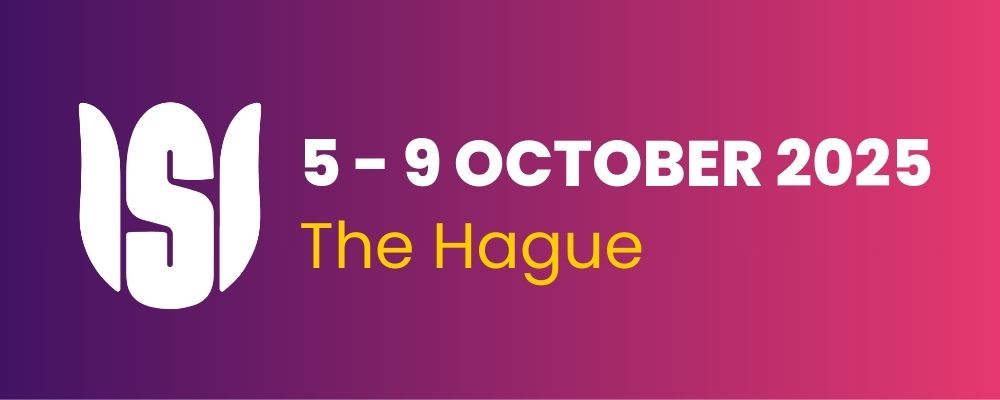PB25-Predictors of perineural invasion in pancreatic ductal adenocarcinoma: A retrospective cohort study
Conference
65th ISI World Statistics Congress
Format: CPS Poster - WSC 2025
Session: CPS Posters 14
Wednesday 8 October 4 p.m. - 5 p.m. (Europe/Amsterdam)
Abstract
Background:
Perineural invasion (PNI) is a common and significant feature of pancreatic ductal
adenocarcinoma (PDAC) associated with poorer prognosis and higher recurrence rates. We
aim to assess the association of PNI with overall survival and develop to validate a prediction
model for PNI.
Methods:
In this retrospective cohort study, patients with PDAC were included from four different
hospitals in Italy, the Netherlands, Czechia, and Slovenia. We used Cox regression model to
assess the association of PNI with overall survival. Logistic regression model was conducted
to develop a prediction model for PNI, based on age, sex, pathological M stage (pM), and
carbohydrate antigen 19-9 (CA19-9). Multiple imputation was employed to handle missing
data on PNI status and other clinicopathological variables.
Results:
In total, 723 participants were included (medium age, 70 years; 51% men; 83% PNI).
After a median follow-up of 40 months (IQR,25 to 63 months), 452 patients had died (69%).
PNI was associated with worse overall survival (hazard ratio, 1.72; 95% confidence interval,
1.17 to 2.54; P=0.005). Significant predictors of PNI were: age (P<0.0001), CA19-9 (P=0.0005),
pM stage (P=0.0003), and sex (P=0.007). A prediction model for PNI based on these variables
was well-calibrated and demonstrated clinical utility.
Conclusions
Variable age, CA19-9, and pM stage are significantly associated with PNI. The prediction
model developed in this study may guide clinical decision-making regarding post-operative
surveillance for patients at high risk of PNI.
